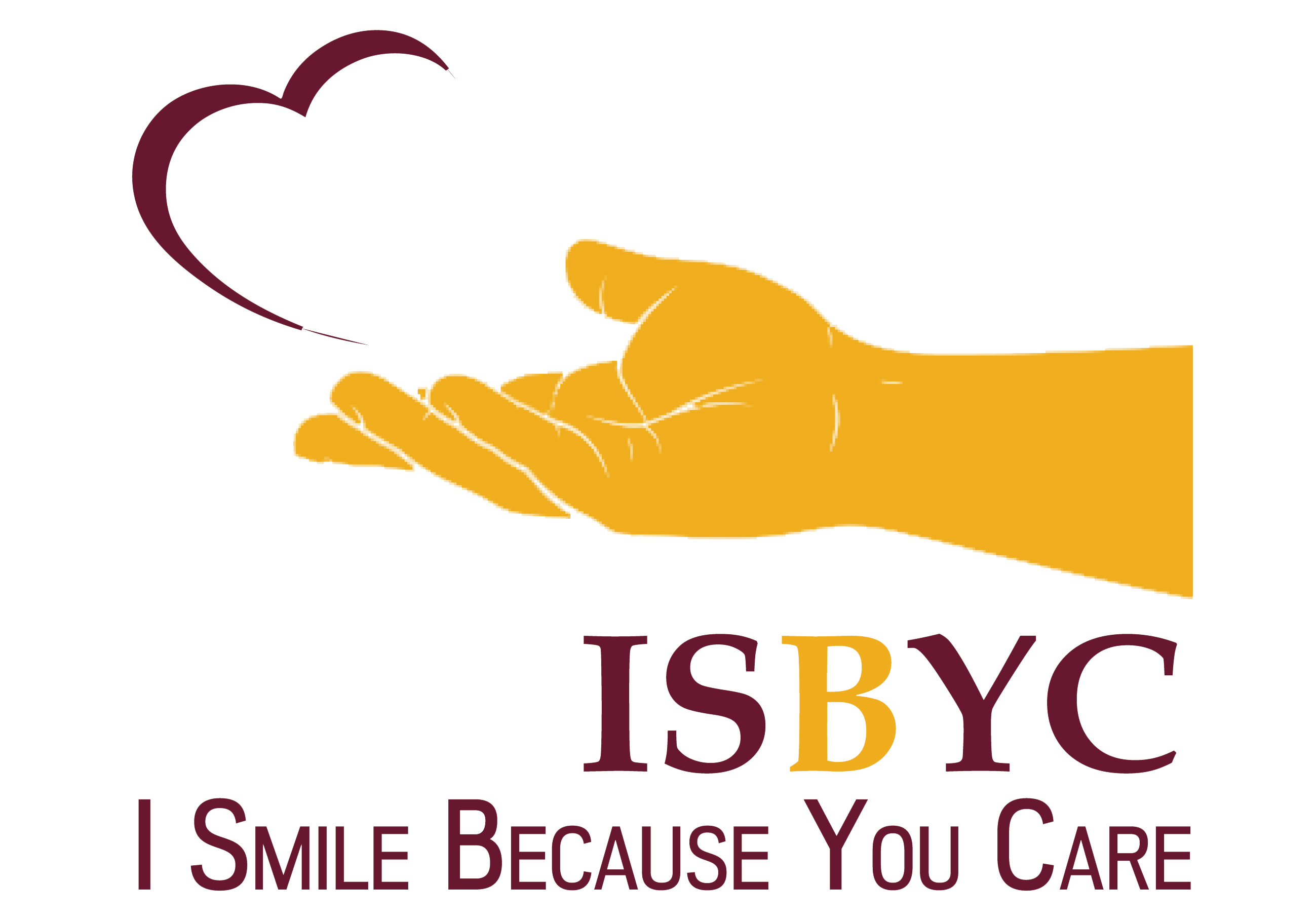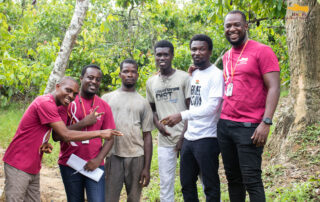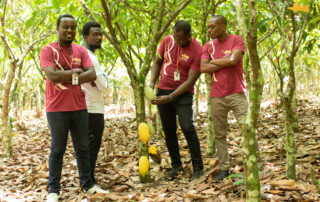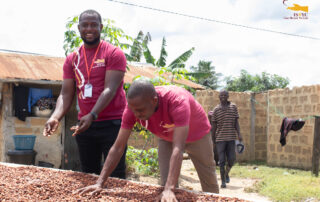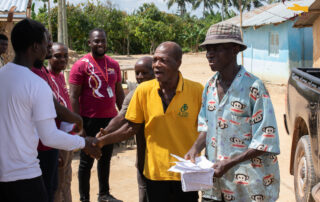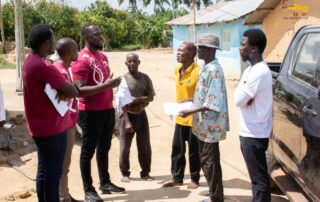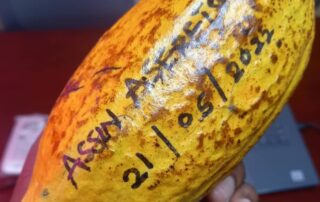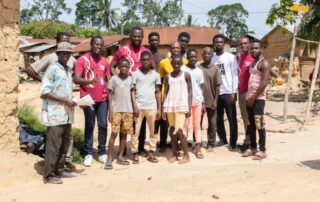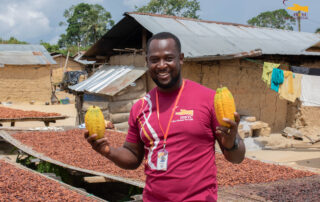Bridging Healthcare Gaps in Ghana’s Remote Communities
Background
Primary Health Care is a critical area of concern for low and middle-income countries.The WHO has reported that about 930 million people worldwide are at risk of falling into poverty due to out-of-pocket health spending of 10% or more of their household budget. Scaling up primary health care (PHC) interventions across these countries could save 60 million lives and increase average life expectancy by 3.7 years by 2030. Achieving the targets for PHC requires an additional investment of around US$ 200 to US$ 370 billion a year for a more comprehensive package of health services. At the UN high level UHC meeting in 2019, countries committed to strengthening primary health care. WHO recommends that every country allocate or reallocate an additional 1% of GDP to PHC from government and external funding sources.
In Ghana, the 2014 operational policy for Community Health Planning Services (CHPS) reveals that up to 80% of illnesses could be prevented by the combination of improved nutrition, adequate clean water supplies, education on personal hygiene, family planning, vaccination services, treatment of common ailments and injuries. These are the main activities of the Primary Health Care (PHC) System. However, there exists significant inequity in access to health services between the rural and urban population. CHPS is a national strategy to improve access and utilization and reduce inequities.
As of 2021, private and public hospitals were available to 33.9 percent of urban localities in Ghana, while 1.9 percent of the rural communities had access to such hospitals. Moreover, clinics and healthcare centers were available to nearly 63 percent of urban localities, whereas 11.3 percent of rural residential clusters were disposed of such access.
| Type | Urban | Rural |
|---|---|---|
| Private or public hospital | 33.9% | 1.9% |
| Polyclinic | 7.5% | 0.5% |
| Clinics and health centers | 62.9% | 11.3% |
| CHPS* | 16.9% | 16.8% |

At ISBYC, we believe in this vision, and understand that strong partnerships with government and other stakeholders in providing CHPS facilities for easy access to healthcare by vulnerable communities is the best approach. This is our plan for the year 2022, to build a CHPS compound health facility for a needy community in the central region of Ghana.
SCOuting report
On Saturday 21st May, 2022, the ISBYC scouting team embarked on a search for a needy community, the team visited the Gomoa West and Assin South districts of the Central region. Their first stop was Gomoa Ankamu, a farming town. The team further scouted 9 other communities in the Gomoa West districts namely Gomoa Adjumako, Akwakrom, Nkoranza, Obukrom, Enyeme, Denkyira, Dawurampong, Kumasi, and Mankessim. Findings were:
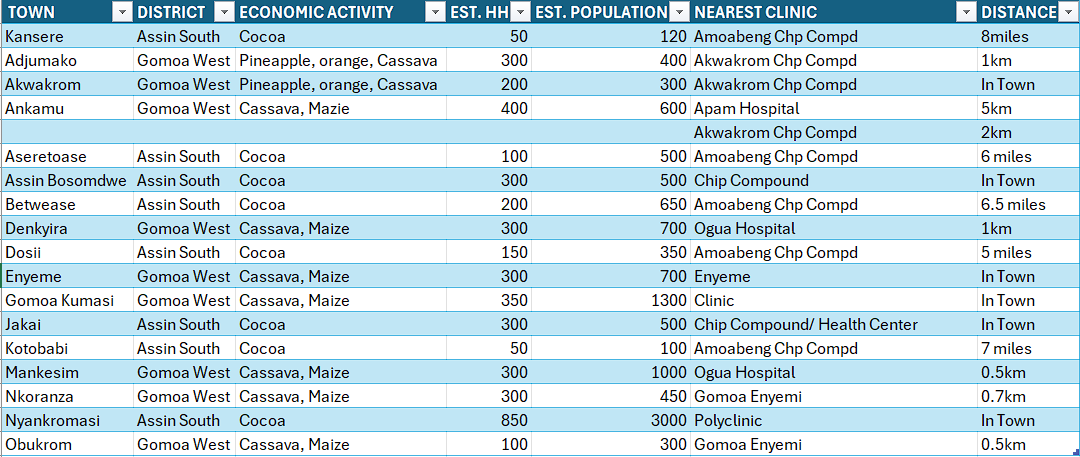
scouting report data
The team moved to Assin South District and visited 8 farming towns. 5 towns were identified without health facilities with a total estimated population of 1,720. Assin Aseretoase by location is surrounded by the other four communities thus Assin Dosii, Assin Betwease, Assin Kotobabi and Assin Kansere. Assin Aseretoase is the only the community which has a junior secondary school which also serves the surrounding towns. During school time when pupils fall sick, their parents are called in to take them to a CHIP health facility at Amoabeng-another farming town which is about 6 miles away. In cases of other health emergencies like labor, patients are put on motor tricycles and sent to Amoabeng, the situation gets worse during raining season where floods block all access roads of the community. This has led to loss of a baby whose mother in labor had to be delayed at the community for the floods to subside.
The people of Assin Aseretoase by the leadership of their Odikro Kwame Ampomah tried building a CHIP compound health facility but the project halted after the foundation and few block works due to lack of funds. They presented their building plan to ISBYC scouting team. The team was highly impressed with how the people of Aseretoase have maintained their borehole which was built in 1995 that is 27years old by using the proceeds they generate from selling water to the town people. They exhibited high sense of need of a CHIP compound, ownership, and corporation with ISBYC scouting team. They also requested for water reservoir since the community is far from the where the boreholes is situated.
RECOMMENDATIONS
The ISBYC scouting team unanimously agree that a chip compound health facility be built for Assin Aseretoase which will serve the fiver other communities and as well as the school pupils.
ISBYC has already began work on this. Find out more by clicking the link below
